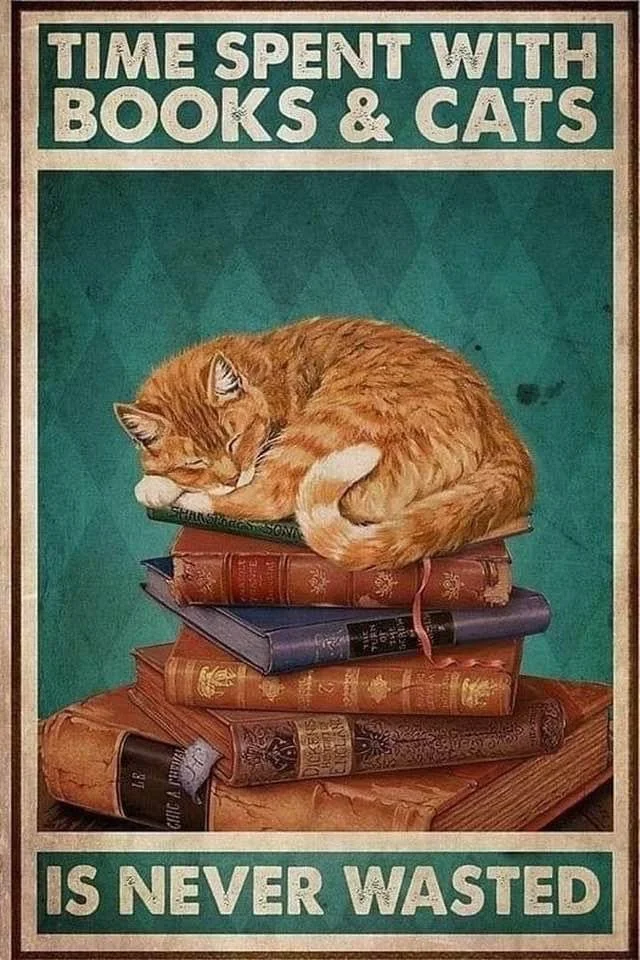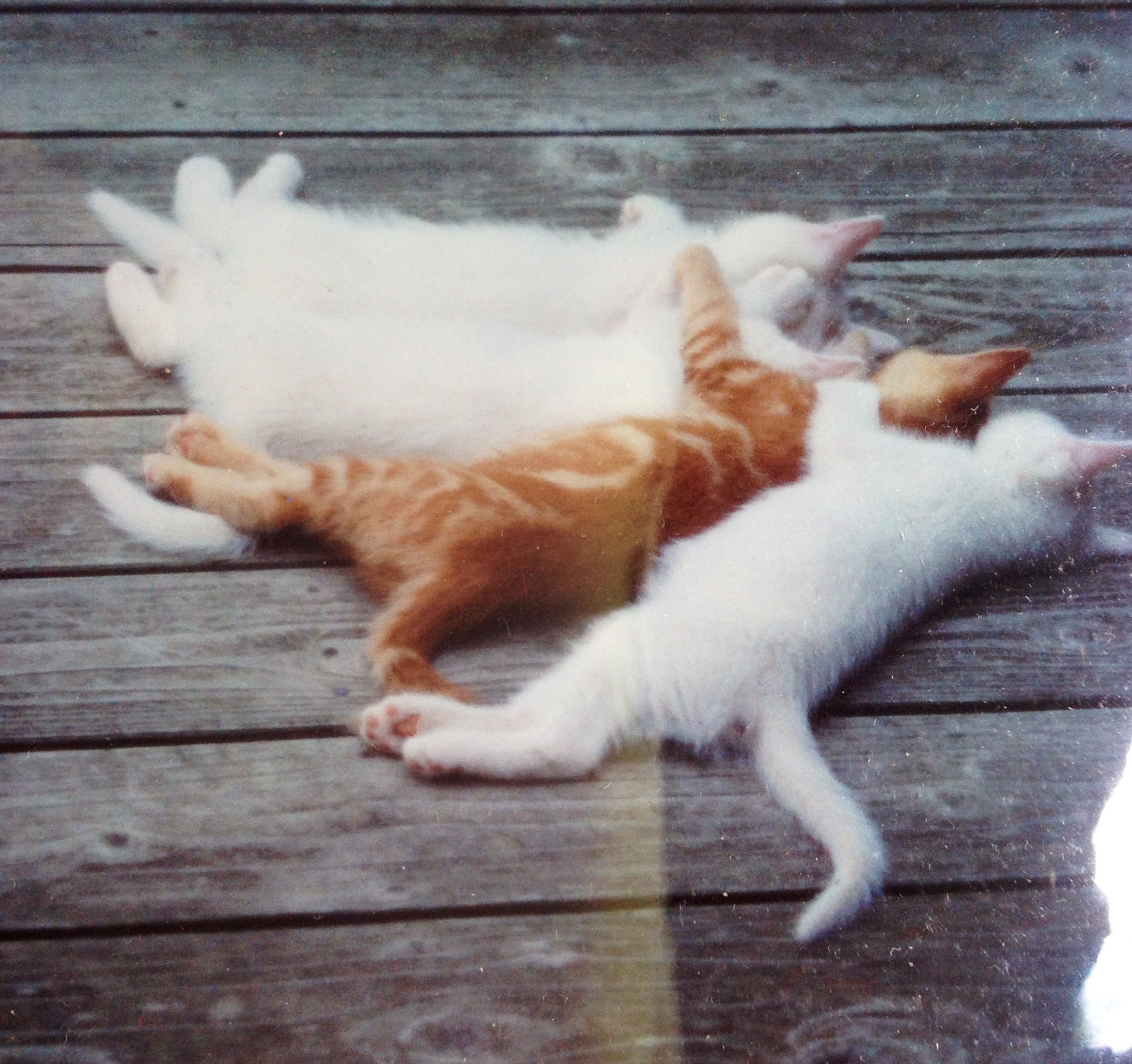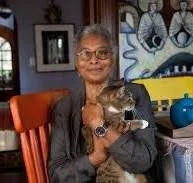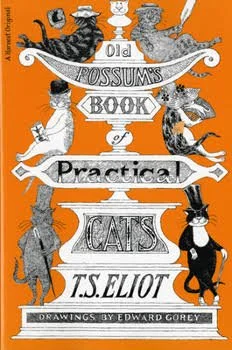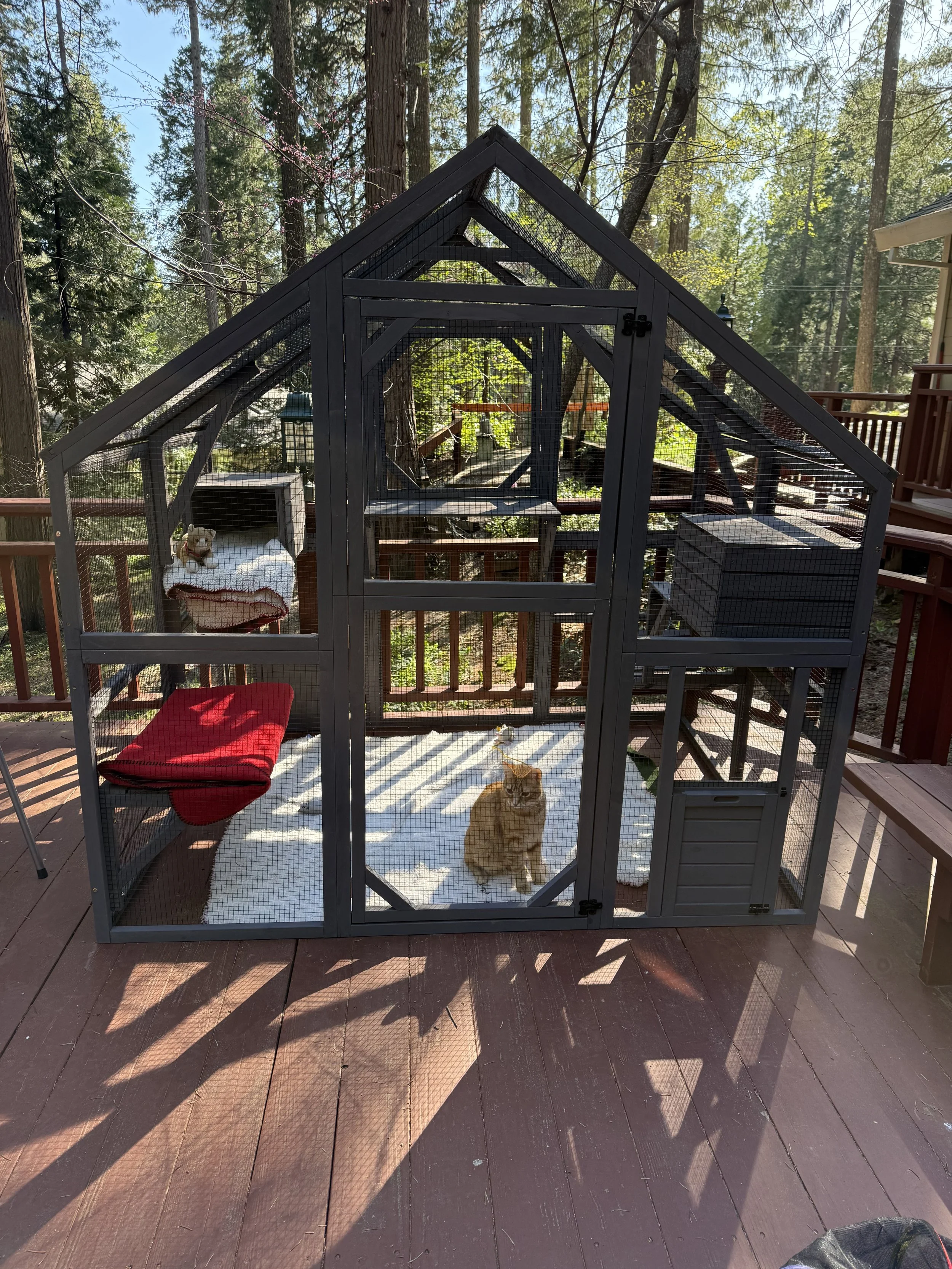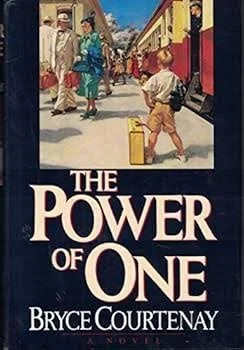Of Writers and their Cats
What did I know of cats as a child? When did a cat first allow me into its life? Is a person whose given name begins with “CAT” destined to become an ailurophile (cat lover)? Or is it because I’m a writer? On the subject of cats, Canadian journalist, novelist and playwright William Roberson Davies said, “Authors like cats because they are such quiet, lovable, wise creatures, and cats like authors for the same reason.” I’m convinced that people do not pick a cat like a piece of clothing on a rack. Cats choose us and allow us to share their space.
For half a century, this has been the case. And when I began writing, I came to understand why so many writers profess to be cat people. In the late 1960s, a sleek black cat with a long tail was given to me in Bangkok. From him, I learned about afternoon catnaps—the ability of felines to shape-shift and tuck into the side of a person’s body like a shadow. While living in Nebraska in the early 1970s, Muffie, a whip-smart grey tabby, and Tiggy, a yellow tiger-striped silly goose of a kitten, literally wandered into my life and followed me to Los Angeles four years later. Wisely, they allowed Kit into our life, and Kit allowed me into his children’s lives. And so it was that for the next ten years, we all lived together in a tiny little cottage up a rural slice of canyon in the Santa Monica Mountains.
When Kit and I moved to Missouri in 1988 , we bought a house in the country with a barn and were soon visited by a tough guy yellow cat we named Barney. Then Blanche, a dainty white feline, arrived with him one morning. Before long there were many. Like Jane Goodall and her study of wild chimpanzees in Africa, I named each cat and kitten according to their personalities and wrote about them when I became a journalist.
Mark Twain famously said, “When a man loves cats, I am his friend and comrade, without further introduction.” Ernest Hemingway adored cats, especially the six-toed type. “A cat”, he professed, “has absolute emotional honesty: human beings, for one reason or another, may hide their feelings, but a cat does not.”
In an article, “10 Famous Authors and Their Cats,” by Alison Nastasi (Poets & Writers, 2018) talked about African American novelist Alice Walker (The Color Purple and The Way Forward with a Broken Heart) and her connection with cats and their magical feline alternative reality. Walker feels that she grew up wild, and the standard rules of behavior never applied to her. “Why,” she states in an interview, “would I conform to a society that doesn’t value my existence, that has done everything to wipe me out?” When it comes to her cats, the novelist favors the outsiders and misfits like a snaggle-toothed stray she took in and a sweet calico from a shelter with a rough past that she named after artist Frida Kahlo.
In a letter to his godson in 1931, poet T.S. Eliot wrote, “I am glad you have a Cat, but I do not believe it is so remarkable a cat as My Cat.” In his book of cat poems, Old Possum’s Book of Practical Cats, Eliot left little doubt that writers are astute observers of the nature of felines and the art of naming them. Cats, he felt, needed a name that is peculiar and more dignified than everyday names, “or how else can he keep up his tail perpendicular, or spread out his whiskers, or cherish his pride.” Growltiger, was the poet’s brave cat. Rum Tum Tugger, a restless tomcat, didn’t care for a cuddle. Mungojerrie and Rumpelteazer were mischievous cat-burglars. Mr. Mistoffelees, a conjuring cat, was magical while Macavity was an enigmatic, cunning mystery cat. And Old Deuteronomy, the wise elder that sprawled on the floor and was easy to trip over, lived a very long time.
A year ago, my cat Peekay—a golden tabby/Bengal mix—unexpectedly came into my life and became my constant companion in the home we share in the Sierra Foothills. In that short period of time, he’s grown from a precious, pink-nosed kitten with big paws and large ears into an ever-curious, super smart feline that explores the outdoors with me every morning and then chills on the porch in a secure Catio enclosure imitating birds that chitter in the trees nearby. Though he would love to stalk the grounds without me in watchful attendance, he is completely innocent of the dangers that lurk in this wooded world where black bears, foxes, coyotes, mountain lions and snakes are a reality; and were he ever to get lost, I would miss him mightily.
Time spent with books and cats is never wasted. Aptly named after a brave little boy in Bryce Courtenay’s novel The Power of One, Peekay appears frequently in blogs on my website cathysalter.com. As T.S. Eliot wrote, “That is the nature of felines and the art of naming them.”
